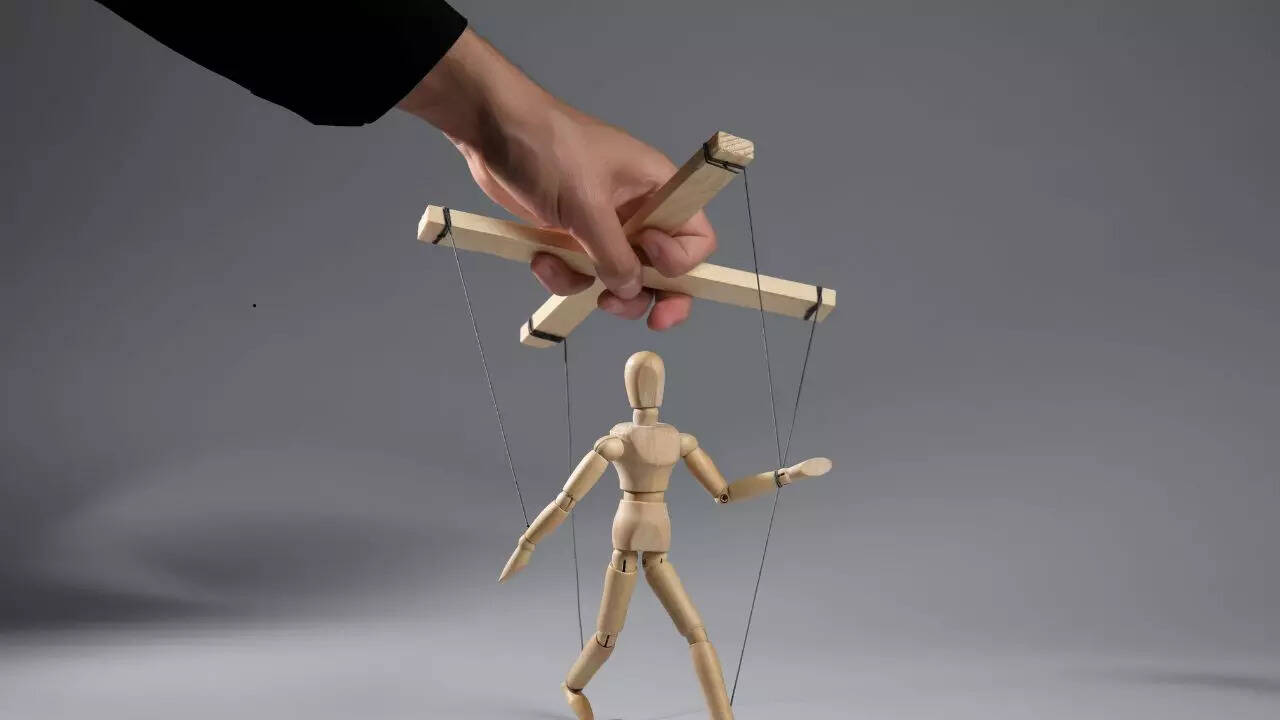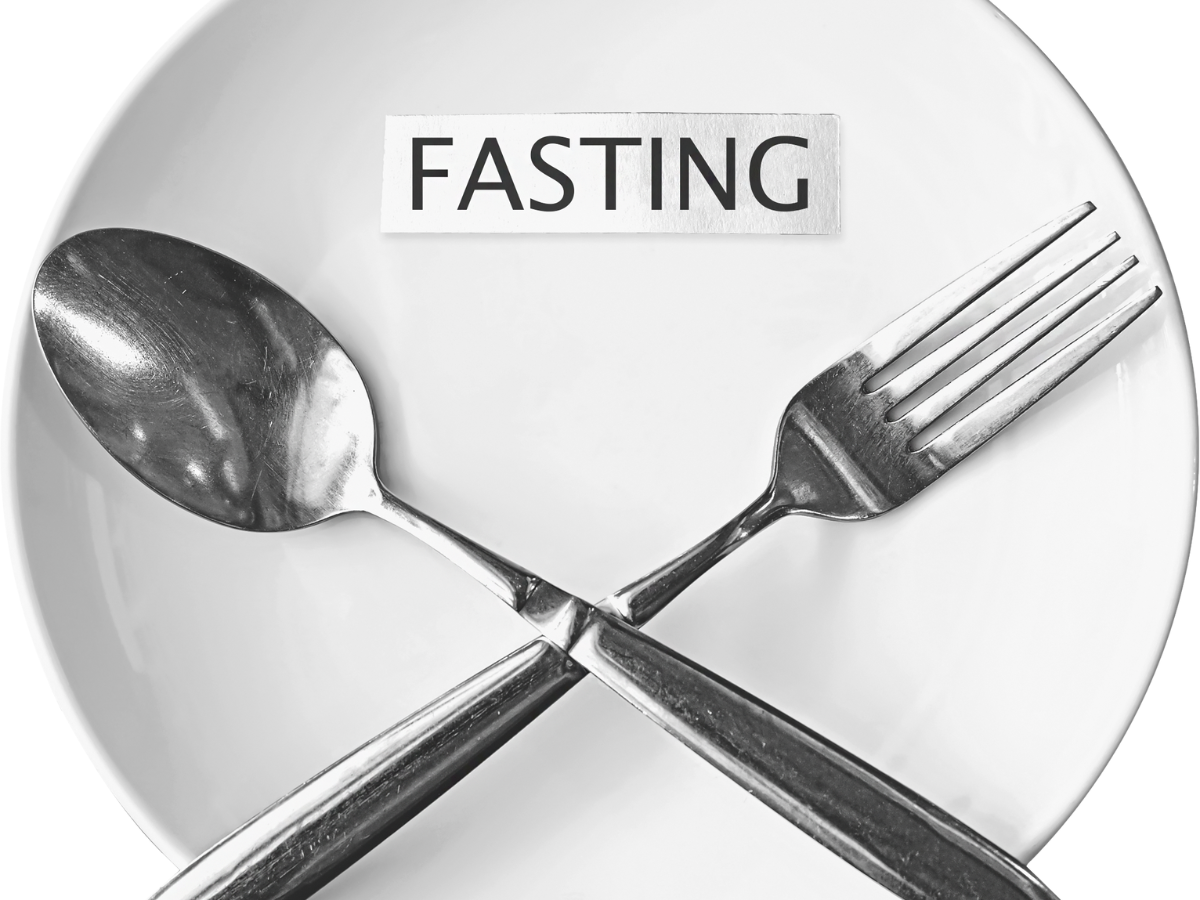
1/8
7 walking styles to lose belly fat
While walking is great for overall fitness and cardiovascular strength, when it comes to weight loss, it get slightly tricky. While experts say that walking is more of an activity rather than exercise, the fact of the matter is that walking will in fact help you lose weight, provided you do it the right way. And walking too, has many variants, and should be done according to your age, pre-existing medical conditions, weight etc. Here are 7 walking styles that will help you shed the flab, (including the stubborn belly fat) provided you are consistent and combine it with a healthy diet...

2/8
Brisk Walking
What is it?
Brisk walking means walking faster than your normal pace, but not so fast that you can’t talk, but can't sing either.
How to do it:
Walk at a pace where your heart beats faster and you breathe a little harder.
Swing your arms naturally.
Keep your back straight and look ahead.
Why it helps:
Brisk walking increases your heart rate, which means you burn more calories. It’s great for improving your fitness and losing weight without putting too much strain on your body.

3/8
Power Walking
What is it?
Power walking is a faster, more intense form of walking that uses your whole body.
How to do it:
Take longer strides and pump your arms with purpose.
Keep your elbows bent at about 90 degrees.
Engage your core muscles to keep your body stable.
Why it helps:
Power walking burns more calories than regular walking because it uses more muscles and requires more energy. It also tones your arms, legs, and stomach.

4/8
Interval Walking
What is it?
Interval walking means alternating between fast and slow walking.
How to do it:
Walk fast for 1-2 minutes, then slow down to a normal pace for 2 minutes.
Repeat this cycle for 20-30 minutes.
Why it helps:
This style boosts your metabolism and burns fat more effectively. The fast intervals raise your heart rate, and the slower pace helps you recover.

5/8
Uphill Walking
Walking uphill means walking on an incline, like a hill or a treadmill set to an incline.
How to do it:
Find a hill or set your treadmill to a 5-10% incline.
Walk at a steady pace, focusing on pushing through your heels.
Why it helps:
Uphill walking works your leg muscles harder and burns more calories. It also strengthens your glutes, calves, and thighs.

6/8
Walking Lunges
What is it?
Walking lunges combine walking with lunges to target your lower body muscles.
How to do it:
Take a step forward and lower your body until both knees are bent at 90 degrees.
Push off your back foot and step forward into the next lunge.
Keep your torso upright and engage your core.
Why it helps:
This style tones your legs, glutes, and core while increasing your heart rate. It’s a great way to build strength and burn calories.

7/8
Sideways Walking
What is it?
Sideways walking means walking sideways instead of forward.
How to do it:
Take small steps to the side, leading with your right foot.
Then switch and lead with your left foot.
Keep your knees slightly bent and your core engaged.
Why it helps:
Sideways walking works your hip muscles and inner thighs, which don’t get much exercise during regular walking. It also improves balance and coordination.

8/8
Nordic Walking
What is it?
Nordic walking uses specially designed poles to work your upper body while walking.
How to do it:
Hold the poles with a relaxed grip.
Plant the poles behind you as you walk forward.
Use your arms to push off with each step.
Why it helps:
Nordic walking burns more calories than regular walking because it involves your arms, shoulders, and chest. It also improves posture and reduces joint impact.
Follow Us On Social Media

 5 days ago
53
5 days ago
53




























 English (US)
English (US)